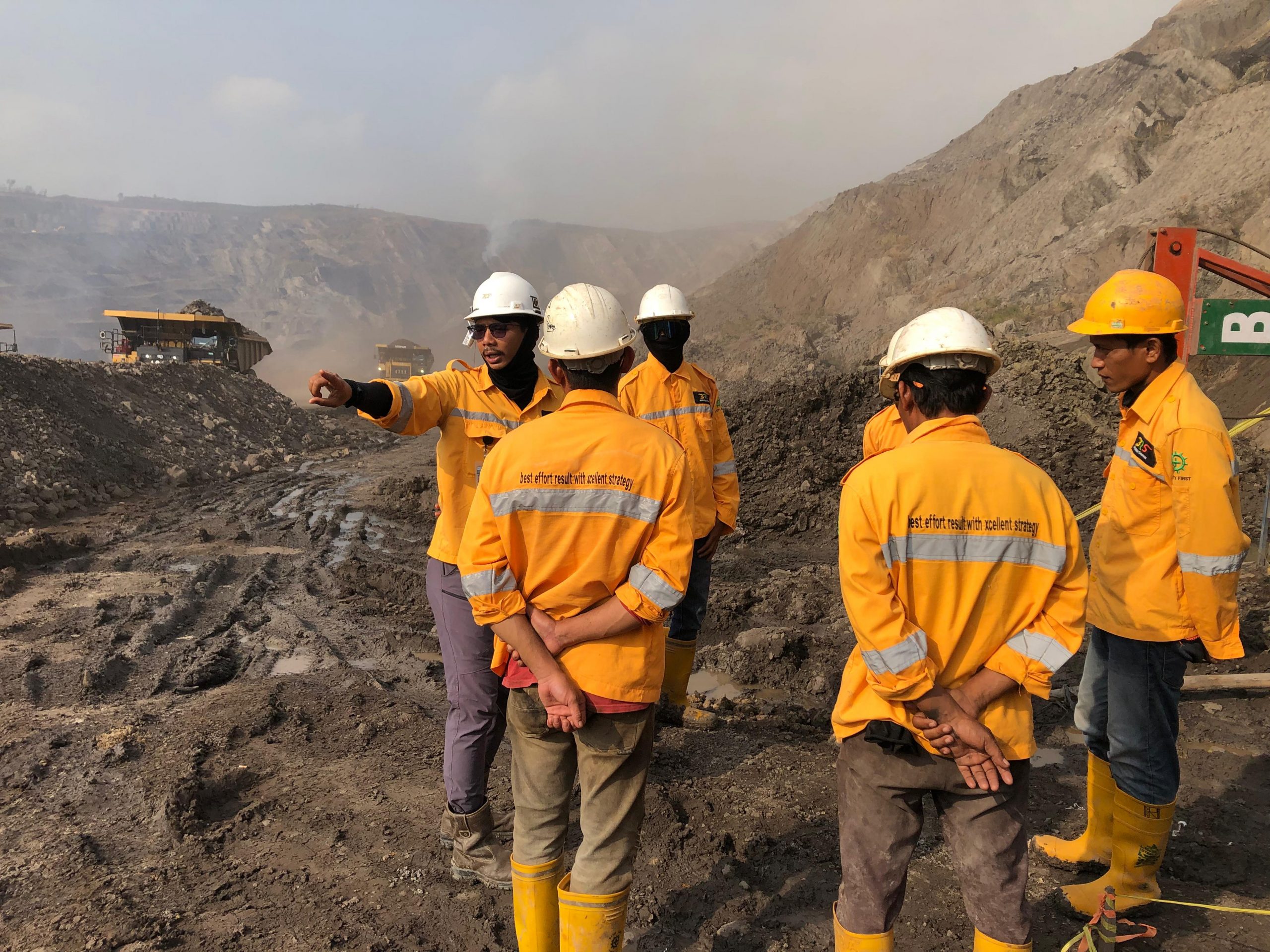Hydrology & Hydrogeology
UNDERGROUND WATER DETECTOR
- An underground water detector is a device or system used to locate groundwater or identify the presence of water beneath the earth’s surface.
- Identify groundwater using the ADMT, that can identify up to a depth 200 – 300 meters.
HYDROLOGY INVESTIGATION
Water Balance Studies:
- Conducts water balance studies to quantify water inputs and outputs within a mining site.
- Guides sustainable water resource management and allocation.
Hydrology Analysis:
- Climate analysis to predict the occurrence of extreme weather, the rate of change, and the impacts of such weather over the course of mining operations. The analysis is based on annual rainfall data according to the age of the mine.
- Planned rainfall analysis to determine the rainfall intensity data for a specific return period (age of the mine).
- Determining the peak runoff discharge, which consists of the catchment area, flood runoff discharge, and flood simulation to estimate the impacts by analysis on the mining activities.
HYDROGEOLOGY INVESTIGATION
Aquifer Characterization:
- Conducts assessments to characterize aquifers, including hydraulic conductivity, storativity, and transmissivity.
- Identified groundwater flow patterns and potential interactions with mining activities.
Groundwater Monitoring:
- Implements groundwater monitoring wells to assess water levels, flow directions, and quality over time.
- Monitors seasonal variations and potential impacts on slope stability and infrastructure.
Pumping Tests:
- Conducts pumping tests to determine aquifer properties and evaluate the response of groundwater levels to pumping.
- Provides valuable data for designing dewatering systems and managing water ingress.
Seepage Modeling:
- Utilizes numerical modeling to analyze seepage patterns through soil and rock masses.
- Assesses the impact of groundwater on slope stability and infrastructure integrity.
Pore Pressure Monitoring:
- Implements instrumentation to monitor pore water pressure in soil and rock.
- Incorporates pore pressure data into stability analyses to evaluate the influence on slope stability.
Dewatering System Design:
- Designs dewatering systems to control groundwater levels and reduce pore water pressures in excavation areas.
- Considers the optimal placement and capacity of dewatering wells for effective water removal.
Drainhole Drilling:
- Drainholes play a crucial role in managing water, which is often abundant and can pose significant challenges to mining operations.
- Key functions of drainholes: water management, dewatering, safety and stability of water related, environmental management and emergency response.







